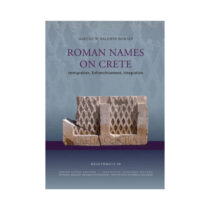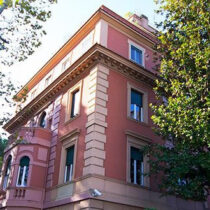The Byzantine secular music has not been preserved in our time as opposed to the ecclesiastical one. We can draw information about it only indirectly, by studying historical and other texts as well as relevant iconographical scenes. The secular music of Byzantium was played primarily in festivities, feasts and celebrations on the occasion of various Church anniversaries or social events and it was usually combined with singing and dancing. Although the Church officials slated these kinds of protestations, because they were occasionally interspersed with shows of indecent character, however they did not managed to abrogate them. Various instruments of the flute family and also string instruments, related to the later lutes, were used in these occasions. There were also played multi-stringed instruments of various sizes and forms, such as the psaltery. Their names vary and they often derive from ancient Greek words, although these instruments do not necessarily originate from ancient ones. Arched stringed instruments were also used in Byzantium from the tenth century on. Furthermore, various sorts of percussion instruments accompanied the rest, while quite often groups of diverse instruments were formed according to the occasion. Last, the multi-piped instrument, which participated in the court ceremonies in general and stood for the official imperial symbol, played a specific role in festivities and banquets.
Musical Instruments in the Balls and Festive Events of the Byzantines
28 Aug 2012
by Archaeology Newsroom
- A
- A
- A


